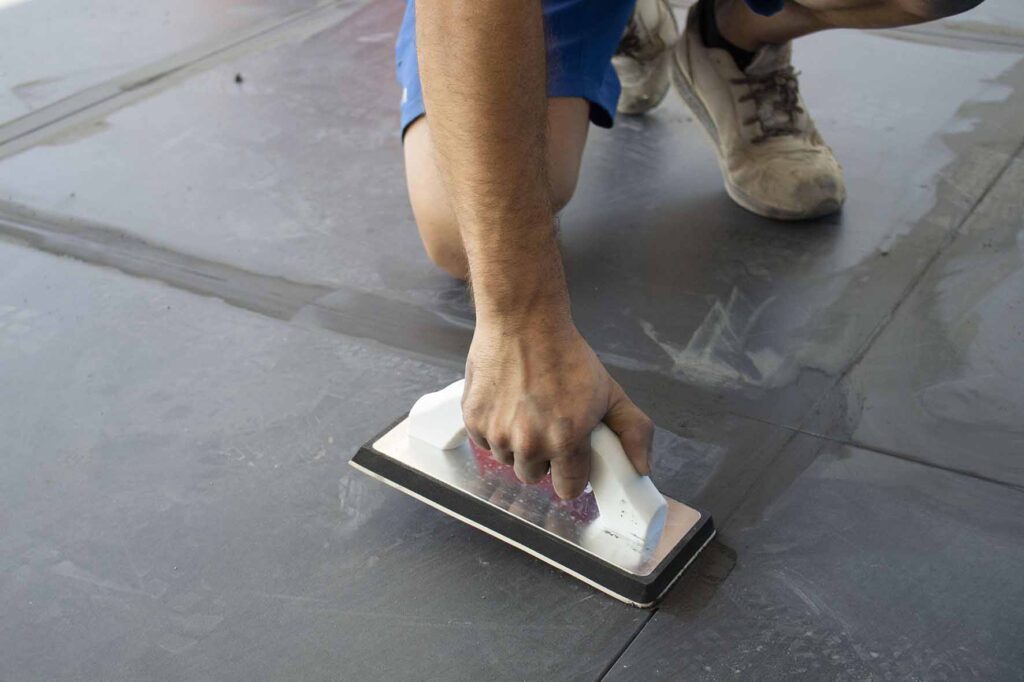Have you ever wondered if putty is truly waterproof? The answer might surprise you. Understanding the intricacies of putty composition and its interactions with water can shed light on its effectiveness in resisting moisture. By exploring the testing methods and factors influencing putty’s waterproof properties, you can gain a deeper insight into this common material’s capabilities. Stay tuned to discover valuable tips for enhancing putty’s waterproofing abilities and learn how to make informed decisions regarding its usage in various applications.
Understanding Putty Composition
- Putty composition varies based on the specific type and intended use, impacting its overall properties and performance. The chemical composition of putty typically includes a binder, fillers, and additives. Binders, such as linseed oil or acrylic resin, play a crucial role in holding the filler particles together. Fillers, like calcium carbonate or silica, contribute to the putty’s bulk and strength. Additives, such as driers or stabilizers, can enhance the durability features of the putty.
- The durability features of putty are influenced by its chemical composition. For example, putties with a higher resin content tend to be more flexible and resistant to cracking. Additionally, additives like anti-fungal agents can improve the putty’s resistance to mold and mildew. Understanding the chemical composition of putty is essential for selecting the right type for specific applications where durability is a key factor. By analyzing the components of putty, you can make informed decisions to ensure optimal performance and longevity.

Testing Putty Water Resistance
- When assessing the water resistance of putty, it’s essential to conduct thorough and controlled experiments to evaluate its performance under various moisture conditions. Water immersion testing is a common method used to determine the durability of putty when exposed to water for extended periods. During water immersion tests, samples of putty are submerged in water for a specified duration while being monitored for any changes in their physical properties. This testing allows researchers to assess how well the putty resists water penetration, swelling, or disintegration.
- Durability testing is another crucial aspect of evaluating putty’s water resistance. This testing involves subjecting the putty to simulated environmental conditions that mimic real-world scenarios, including exposure to water, humidity, and temperature variations. By conducting durability tests, researchers can observe how well the putty withstands repeated cycles of wetting and drying, ensuring its long-term performance in moist environments.
Factors Affecting Waterproof Properties
- To assess the waterproof properties of putty accurately, it’s crucial to consider various factors that can influence its ability to resist water penetration. One key factor is water absorption. Putty’s composition and porosity play a significant role in determining how much water it can absorb. Higher water absorption rates can lead to reduced waterproofing effectiveness, as the putty may become saturated and lose its structural integrity over time when exposed to water.
- Another essential factor to consider is surface protection. Putty that’s properly sealed or coated with a waterproofing agent can enhance its ability to repel water. The protective layer creates a barrier that prevents water from seeping into the putty material, thus improving its waterproof properties. Additionally, factors such as the application method, curing time, and environmental conditions can impact the effectiveness of surface protection in maintaining the putty’s waterproofing capabilities.
- Understanding these factors and implementing appropriate measures can help enhance the waterproof properties of putty, making it more resilient to water infiltration and prolonging its durability in various applications.
Tips for Improving Putty Waterproofing
- Enhancing the waterproofing of putty can be achieved by meticulously sealing its surface with a specialized waterproofing agent to create a protective barrier against water infiltration. When considering waterproofing techniques for putty application, it’s essential to choose a high-quality waterproofing agent specifically designed for porous materials like putty.
- To improve putty’s waterproofing capabilities, start by preparing the surface thoroughly. Remove any dust, dirt, or loose particles that could hinder the adhesion of the waterproofing agent. Next, apply the waterproofing agent generously using a brush or roller, ensuring complete coverage over the putty surface. Allow sufficient drying time as per the manufacturer’s instructions before exposing the treated surface to water.
- Additionally, consider applying multiple coats of the waterproofing agent to enhance the protective barrier further. This layering technique can improve the longevity of waterproofing and provide added protection against water damage. By following these tips and utilizing the right waterproofing techniques, you can significantly improve the waterproof properties of putty in various applications.
Conclusion and Final Thoughts
- Improving the waterproofing of putty requires meticulous surface preparation and strategic application of a specialized waterproofing agent to ensure long-lasting protection against water infiltration. In conclusion, it’s evident that enhancing the waterproofing capabilities of putty involves a combination of proper techniques and the use of effective waterproofing products. By following the tips discussed earlier and incorporating them into your putty application process, you can significantly increase the water resistance of the putty.
- Final thoughts reveal that while putty can offer some level of water resistance on its own, optimizing its waterproofing properties can be achieved through targeted interventions. The practical applications of this knowledge are vast, ranging from improving the longevity of repairs in wet environments to enhancing the overall durability of structures. By implementing the suggested strategies and being mindful of the importance of waterproofing in various applications, you can ensure that your putty remains resilient against water damage for an extended period.
Conclusion
In conclusion, while putty isn’t inherently waterproof, its resistance to water can be improved through various methods such as adding waterproofing agents or using specialized putty formulations. The composition of putty, the testing methods used, and external factors all play a role in determining its waterproof properties. By understanding these factors and implementing appropriate measures, the waterproofing capabilities of putty can be enhanced for specific applications requiring water resistance.